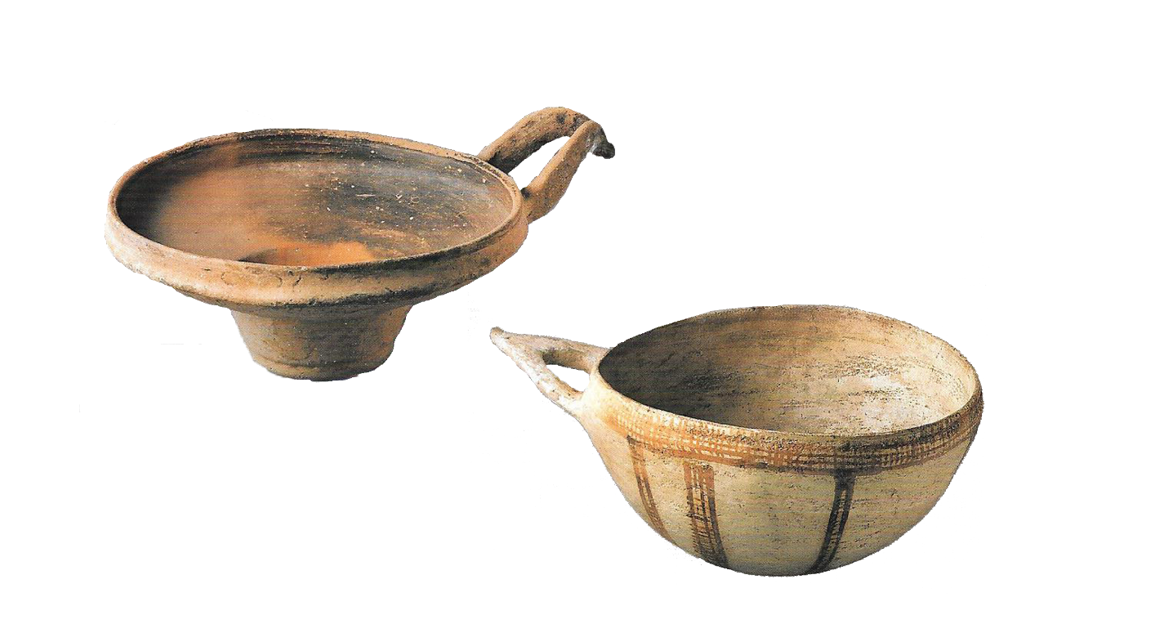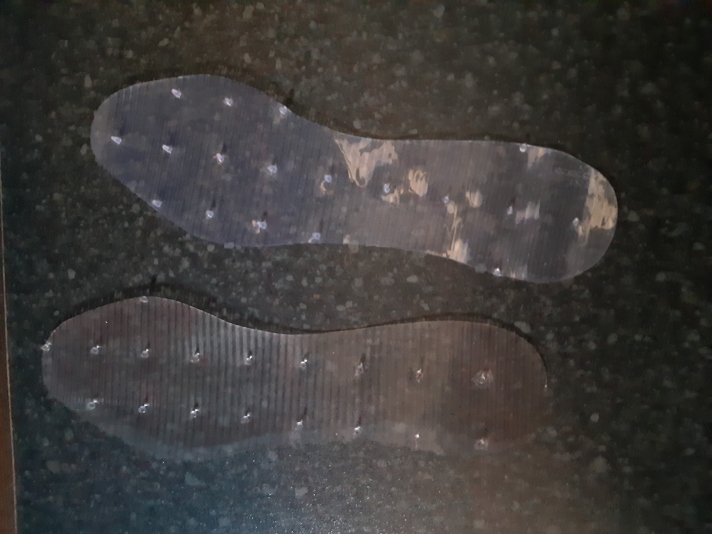At the end of October, Alison Hadfield and Leah Neiman had the opportunity to climb on board the Virtual Dementia Tour bus which visited St Andrews to help raise awareness of the challenges faced by people living with dementia. Here Alison tells us about the experience and her own PhD research.
Over the past decade or more, museums, galleries and heritage attractions have begun to address the question of how they can tailor their services, programmes and spaces to improve the experience of visitors affected by dementia. Dementia is a collective term used for a group of illnesses that progressively damage the brain, resulting in symptoms such as memory loss, impaired communication, problem-solving difficulties and sometimes changes to mood and behaviour. The most common types of dementia are Alzheimer’s disease, vascular dementia, Lewy Body dementia and frontotemporal dementia. Dementia currently affects 7% of UK residents aged 65 or over and 17% aged 80 or over (Age UK, 2019). In Scotland, approximately 90,000 people are living with dementia (Alzheimer Scotland, 2017) and the number is projected to continue increasing, so it is critical that they receive appropriate, individualised care. Some very important observations and guidance can be found in the Dementia Statement and Rights regarding quality of life.
Although dementia touches many of our lives personally through the experiences of friends or relatives who have developed the disease, it can still be hard to imagine what it feels like and to know how best to help. The Virtual Dementia Tour has been designedwith exactly this in mind – it provides a person with a healthy brain a brief experience of the effects of dementia, and some appreciation of how much it impacts upon ordinary, everyday activities, helping each of us consider what assistance we can give, and how we can bring about greater changes in our workplaces and local community.

Participants try to complete tasks while immersed in the Virtual dementia tour. 
Dr Maggie Ellis and John Sanders of Dementia Experience with psychology students outside of the Dementia Experience bus.
I had a particular interest in trying out the Virtual Dementia Tour because I am at the beginning of my PhD research project investigating how sensory experiences with museum collections contribute to memory-formation and wellbeing, particularly among people affected by dementia. Our recent collaborative research led by Prof Rebecca Sweetman, Dr Akira O’Connor and Museum Collections staff has already demonstrated that the multisensory nature of handling original artefacts not only increases engagement, but also helps people connect with heritage in meaningful ways, and supports richer memories than other forms of museum presentation such as glass case displays and 3D digital manipulation. There are some really successful and inspiring examples of museum programmes for people living with dementia, including the Liverpool House of Memories Project and Meet Me at MoMA. However, if museums are to fully exploit the power of their collections, further research is needed to compare the benefits of reminiscence techniques versus new stimulation and to understand the role of the senses in forming and retrieving memories.
Since I am coming to this topic from a professional background in museum learning rather than as a psychologist I felt it was important to get up to speed with the key areas of psychology needed for my research by attending Dr Maggie Ellis’ 4th year Psychology of Dementia module at the University. This has provided an incredibly thought-provoking, exciting and moving introduction to the subject of dementia – whether looking at it from the experience of the person with the diagnosis, or the perspective of carers within the family or care professionals. Throughout the course, there has been a strong emphasis on the psychosocial model of dementia, which considers the effects of the wider social environment, and psychological factors on individual health. We have talked a lot about the value of retained skills, how they can be maximised through continued use, and how the caregiving experience can be improved for all involved. This contrasts to the medical model which tends to paint a bleak picture of a downward trajectory in memory and skills as the disease progresses.
To counter this thought, it should also be remembered that with timely diagnosis and support, many adjustments can be made to help people live well with dementia. Research, campaigning and training by organisations such as Alzheimer Scotland, Age Scotland, the Life Changes Trust and the Sensory Trust are raising awareness of the needs of people with dementia, and many towns and cities, including St Andrews, have gained dementia-friendly status. There is also a growing body of research indicating that participation in creative, cultural activities improves health and wellbeing outcomes for people affected by dementia, that museums can act as safe spaces, and that they play a huge role in improving the quality of life for people affected by dementia, through opportunities for socialising, sharing of experiences, curiosity and creative learning.
Further information
University of St Andrews Press Release (30/10/19), Virtual Dementia Experience https://news.st-andrews.ac.uk/archive/virtual-dementia-experience/
MuseumNext, (2019) Designing Museum Programmes for People with Dementiahttps://www.museumnext.com/article/designing-museum-programmes-for-people-with-dementia/
Arts Council (2016) How arts and cultural projects are proving life doesn’t end when Dementia beginshttps://www.artscouncil.org.uk/how-arts-and-cultural-projects-are-proving-life-doesn%E2%80%99t-end-when-dementia-begins
Chatterjee, H. and Noble, G. (2013) Museums, Health and Well-being, Farnham: Ashgate
Hamblin, K. (2016) Museums, Oral History, Reminiscence & Wellbeing: Establishing Collaboration and Outcomes, Oxford: Oxford Institute of Population Ageing https://www.oxford.gov.uk/downloads/file/2702/john_fell_memory_lane_report
Sweetman, R. J. & Hadfield, A. L., (2018), Artefact or art? Perceiving objects via object-viewing, object-handling, and virtual reality In University Museums and Collections Journal. 10http://umac.icom.museum/wp-content/uploads/2018/12/3-Sweetman-Hadfield.pdf


